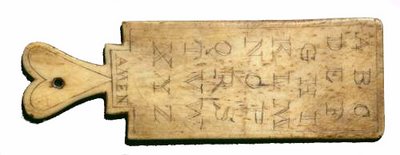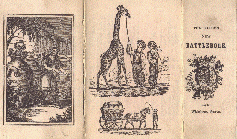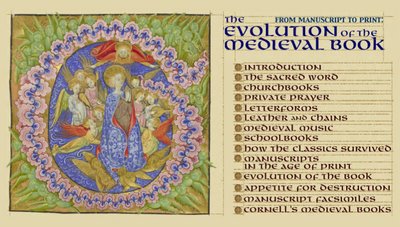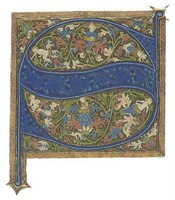
The craft and art of binding books by hand was vividly chronicled in an exhibition at Princeton University’s Firestone Library. Entitled Hand Bookbindings: Plain and Simple to Grand and Glorious, the exhibition ran from November 10, 2002 through April 20, 2003 in the Library’s main gallery. While conventional wisdom holds that books cannot be judged by their covers, visitors had a chance to do just that from the most humble of volumes to the most luxurious; from the monastic manuscripts of the twelfth century to the special editions of the twentieth.
Now that the exhibition has run its course, it has been turned into an online display of over two hundred beautifully photographed bindings, divided thematically into twenty-six categories. All the photographs can be enlarged and for even closer inspection, there is a magnifier (the square in the lower right hand corner of each book). Simply click and move it over the area you want to view.
The twenty-six categories:
Introduction - The Early Codex and Coptic Sewing - Early European Sewing and Board Attachment - Later Sewing And Boards Labor-Saving Methods And Materials - Endleaves - Endbands - Edge Decoration - Clasps, Furniture, and Other Closures - Blind Tooling - Panels And Rolls - Gold Tooling - Binding Waste - Aldines - Italian Bindings - German Bindings - French Bindings - British Bindings - Temporary Bindings - Onlays - Bindings For Collectors - Binders' Marks - Modern Conservation Binding - Large And Small, Fixed And Portable - Embroidered Bindings - Bindings From Early Americ - Twentieth Century English And American Bindings











